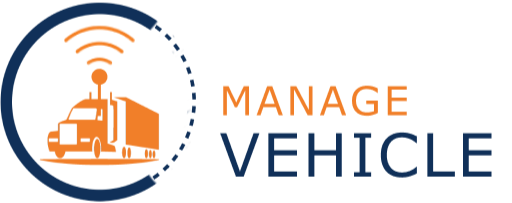Automobile accidents involving public transportation are always bound to happen. Let’s say a taxi gets in an accident: it does more than incur high vehicle repair costs because there’s also the matter of insurance claim, court fees, and the possibility of the transit service’s reputation as a safe and secure carrier being tarnished. The heaviest cost is the human cost, which could have been avoided if safety had been prioritised.
When it comes to the human cost in an accident, it’s not just the driver who’s affected. Other motorists and even pedestrians can also get affected if they’re in the vicinity. In some cases, the other driver is affected if the accident is vehicle-on-vehicle in nature.
In this article, we list down ways on how fleet managers can implement better driver safety practices. Read on below to learn more.
The Fundamentals of Driver Safety
Fleet managers are tasked with managing the operations of transit services, and safety must always be a top priority. It’s not just the drivers either, because the public should also be protected.
Driver safety involves two components:
- Driver training to ensure proper vehicle operation;
- Vehicle maintenance so drivers won’t be in accidents beyond their control (such as brake failure or tire blowouts)
Fleet management is also a safety measure because electronic logging devices (ELDs) will monitor driving hours. The fleet manager will also ensure that vehicle operators aren’t tired to avoid accidents from being behind the wheel.
Training Your Drivers
When managing a fleet, training drivers is always a must. When you have trained drivers in the streets, you can rest easy knowing that they won’t get into an accident because of their training. It’s not just your drivers who are protected, but your business as well.
It’s recommended to conduct driver safety training in your place of business depending on how often you like it. However, the ideal time is every two to three months so that their work ethic won’t go out of your drivers’ minds so soon.
Have an Open Line of Communication
Safety training shouldn’t just happen during training sessions but at all times. Fleet managers have the responsibility of communicating safety practices to every driver in the company. The ideal way to do this is to conduct meetings between you and drivers. You can also make it a one-on-one engagement so drivers may comprehend information better.
To make things easier, you can provide them with digital resources to access them easier—or give them hard copies to keep in their cars. It’s best to supply drivers with information so they can understand it better.
Keep Vehicles Well-Maintained
Vehicles are always checked before they are sent out to the streets. Over 85 per cent of vehicle defects are also detected during this check, meaning a simple vehicle inspection goes a long way. These inspections must also be conducted regularly because vehicle failure always leads to accidents, making your business liable.
Have an Accident Review Group
As much as drivers try to avoid accidents, some accidents aren’t unavoidable. Fleet managers should always be prepared for the worst, and having an accident review group for your business lets you evaluate the gravity of a situation.
Here are some tips to take note of:
- Review the accident and determine if your company will be liable or not
- Review the accident if there are driver errors from your driver’s side and set them up for a post-incident meeting
- Have a risk management program to minimise and avoid accidents in the future
Use Technology to Record Everything
Technological innovations such as the dashcam are an excellent way to keep drivers safe because it allows fleet managers to determine if their driver is at fault for an accident or not. You can also utilise it to provide feedback for drivers on their decorum while on the road.
Conclusion
Driver safety goes a long way in protecting everyone on the road—not just your driver but other people as well. As much as possible, fleet managers should try to implement the measures mentioned above to ensure safety and minimise road accidents.
Manage Vehicle provides solutions for fleet management regulations through software loaded with various features to ensure up-to-standard driver monitoring in Australia. Road safety must always be observed, and our software will achieve that step. Get quotes for our specialised fleet-tracking software today!







